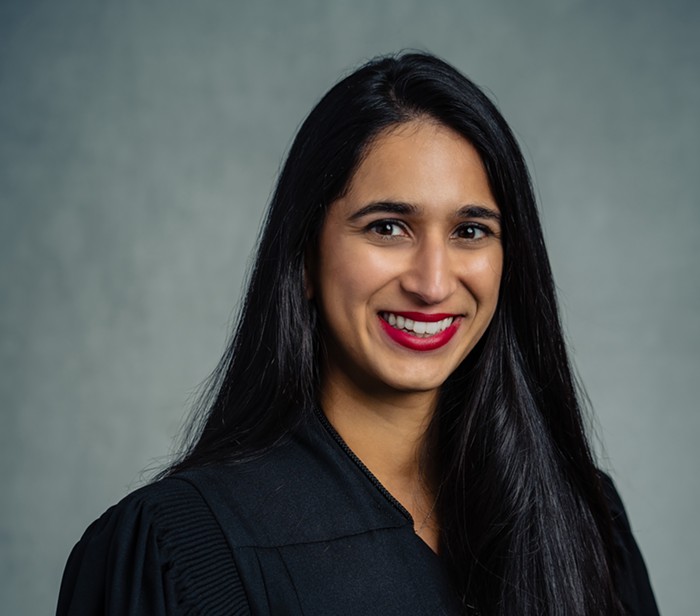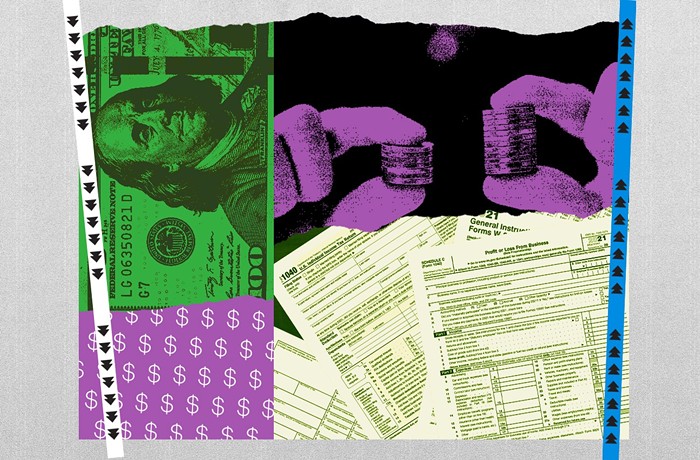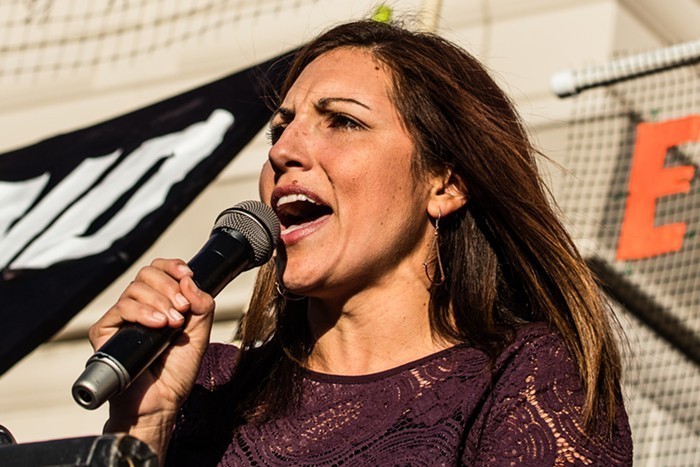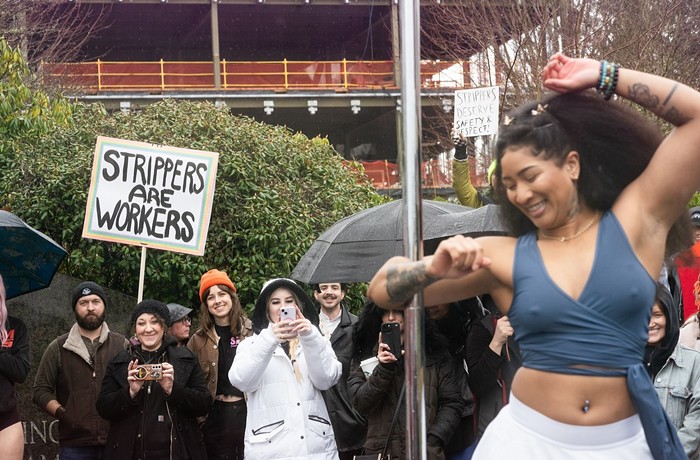Despite the fact that Sound Transit's original light rail plan was a $2.5 billion (adjusted for inflation), 21-mile line from Sea-Tac Airport to the U-District slated to open in 2006--as opposed to its current $3.6 billion [adjusted for inflation] 14-mile line slated to open in 2009, Nickels didn't flinch. "I can say that with a straight face," said Nickels with a straight face. The mayor-elect went on to talk about "bite-sized chunks" and the federal money that might help light rail reach the University District: "I'm going to fight every step of the way to get us there."
Well, here comes the fight. And Nickels is going to need his straight face, this time in front of a Superior Court judge. On Monday, February 4, attorneys from Helsell Fetterman sent a letter to Sound Transit Executive Director Joni Earl and Sound Transit Board President (and Nickels ally) Ron Sims citing Washington State Supreme Court precedent that says Sound Transit can't go ahead with its altered plan. The attorneys, representing the anti-Sound Transit group Sane Transit, demanded that Sound Transit stop in its tracks.
"Sane Transit demands that Sound Transit refrain from spending more taxpayer funds on its... light rail... project," attorneys Bradley H. Bagshaw and David F. Jurca wrote. "The Washington Supreme Court has clearly stated that projects funded by voter-approved taxes must be built in substantially the form approved by voters. Sound [Transit's] current light rail plan deviates from the plan approved by voters in major ways that are important to the average voter. The law prohibits Sound [Transit] from using tax funds to build the currently planned light rail project without a new vote of the people."
The letter, actually the handiwork of Sane Transit volunteer Mark Baerwaldt, cites three landmark Washington State Supreme Court cases, including one from 1922 when a voter-approved streetcar route was changed and one from 1965 when a freeway project was changed. In all three cases, the courts ruled that government agencies are not allowed to "issue bonds or continue with projects that substantially deviate from the project approved by voters."
This move is trouble for Sound Transit. The light rail plan has been altered so much that it barely resembles the plan voters approved: Light rail costs are $1.1 billion over; the route is one-third shorter; ridership is projected to be one-third less than planned; and light rail won't be delivered in the amount of time promised.
This last point--timing--may be Sane Transit's most compelling legal argument. "The 10-year promise to voters was absolute and critical," Baerwaldt says. Here's why: In 1995 voters rejected an original light rail plan that was supposed to come on line in 16 years. Light rail advocates sold a follow-up plan to voters a year later by promising to deliver light rail in 10 years. In short, timing, a fundamental aspect of the 1996 voter-approved plan, was everything.
Sound Transit's advocates have defended the altered plan to reporters, but now, they may have to do it in court.
Neither Ron Sims or Sound Transit returned our calls.


















